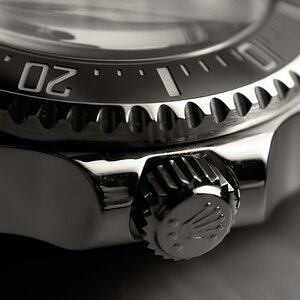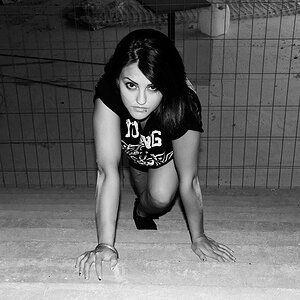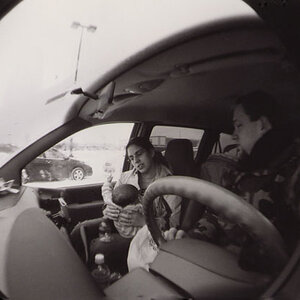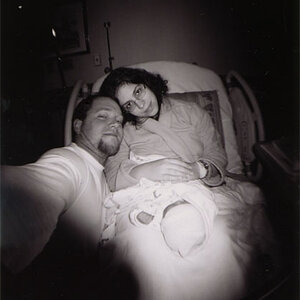- Joined
- Aug 15, 2013
- Messages
- 13,695
- Reaction score
- 3,369
- Location
- SE Michigan
- Can others edit my Photos
- Photos OK to edit
So this past weekend I shot my kids soccer game using my d7000 and 80-200/2.8
I tried AFC-Single and AFS-Single
I seem to get more shots in focus using AFS-Single
AND, from looking at pics I seem to get a MUCH higher rate of in-focus shots using my d600
I'm talking like >75% for the d600 versus maybe 25% for the d7000
It's kinda maddening.
I'm going to stick with my d600 and the 80-200/2.8 lens
Also .. and this is weird. When I was taking self-portraits I swear that the "focus point" is not straight in the middle of the lens. I feel as if the real focus point is actually a little above the middle point of the lens.
With the focus points is there just one Single focus point or a set of focus points.
how does the cross type focus points work ?
I'm just trying to improve my focus skills but I feel I need to understand how the focus on the camera works in order to improve.
Any help would be greatly appreciated.
I tried AFC-Single and AFS-Single
I seem to get more shots in focus using AFS-Single
AND, from looking at pics I seem to get a MUCH higher rate of in-focus shots using my d600
I'm talking like >75% for the d600 versus maybe 25% for the d7000
It's kinda maddening.
I'm going to stick with my d600 and the 80-200/2.8 lens
Also .. and this is weird. When I was taking self-portraits I swear that the "focus point" is not straight in the middle of the lens. I feel as if the real focus point is actually a little above the middle point of the lens.
With the focus points is there just one Single focus point or a set of focus points.
how does the cross type focus points work ?
I'm just trying to improve my focus skills but I feel I need to understand how the focus on the camera works in order to improve.
Any help would be greatly appreciated.













